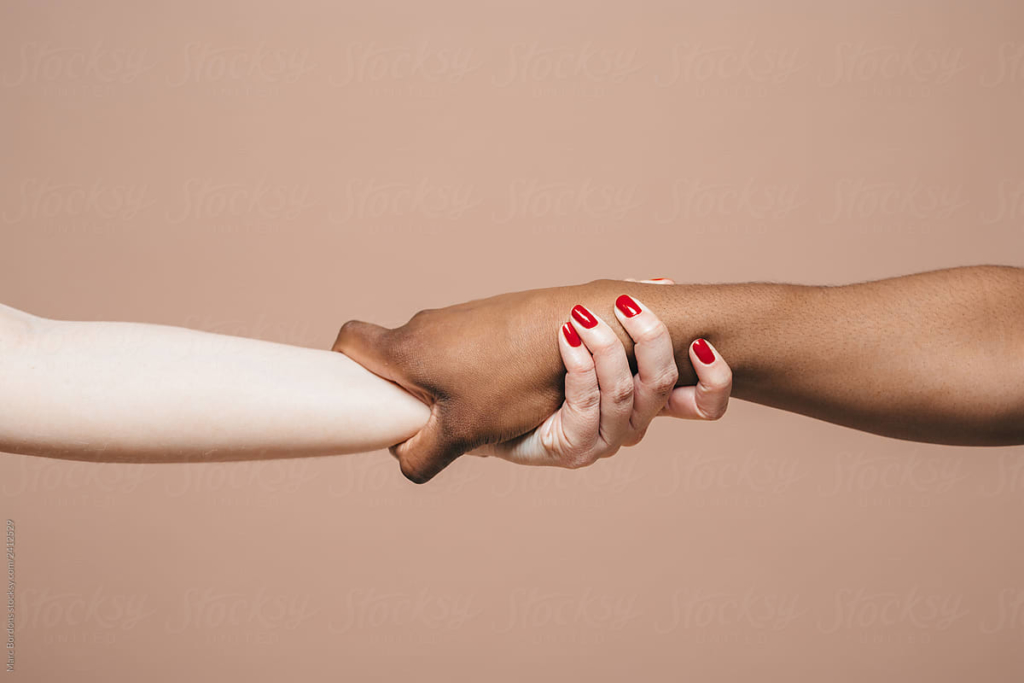
As we work toward becoming anti-racist allies each and every day, we are always presented with new opportunities to be better allies. One primary way is to look out for microaggressions, not just in those around us, but in your own speech as well. To help arm you with ability to identify phrases like this, read up on what exactly a microaggresssion is and common themes to look out for.
Though some people feel as if the term microaggression is new, the term was actually first coined in the 1970s by a Black Harvard professor, Dr. Chester Pierce. At the time, he was studying how Black people were represented in television, and eventually landed on a definition stating a microggression to be a “subtle, stunning, often automatic and nonverbal exchanges which are ‘put-downs’ of Black people.” As racism persisted, a psychologist by the name of Derald Wing Sue expanded the definition in 2007 to elaborate on how the behavior morphed, adding “brief and commonplace daily verbal, behavioral, and environmental indignities that communicate hostile, derogatory, or negative slights and insults to marginalized individuals or groups.” It’s important to note that microaggressions can be both intentional and non intentional, so whether you mean to offend or not, any microaggression is just that – an aggression.
The thing with microaggressions is that, often, people are unable to understand how their words, while seemingly unproblematic, are in fact hurtful toward minorities. There are many phrases that can be deemed microaggressions individually, but they all ultimately loop into a few overarching themes that are repeat and common in American diction.
One of the most common themes is to make someone feel alien in their own country, and to make them feel as if they are a foreigner. Examples of this can range from asking a person of color to teach you something in their “native language,” telling someone they speak English well, or pegging people to find out where they are “really from.” The message that comes across is here is very much along the lines of “Your ethnicity makes you different from me,” “You are not fully American.” This language is very othering and can make victims of it feel a sense of isolation.
Denial of racism, either as a whole or individually, is another incredibly common form of micoaggression. When someone says, “I’m not racist, I have black friends,” they’re simply stating they feel immune to racism because they associate with Black people, but there is no actual examination of their own behavior in this statement. A more left-leaning microaggresion often sounds like, “As a woman, I know the struggle, too.” This is a bold statement, as it boils down to the sentiment of “Your racial oppression is no different to my gender oppression,” because while women were oppressed, the systemic struggles are on two different playing fields. To downplay racism and the role it plays in the lives of any non-white people is a racist act in and of itself.
Colorblindness often goes hand in hand with, or strings directly behind, the denial of racism. This is a microaggression people often use unintentionally, without realizing the true impact of their words. Statements such as “When I see you, I don’t see color” or “There is only one race, the human race,” do a fantastic job of overlooking any systemic oppression imposed on people of color over the past centuries. Though it’s nice people want to be believe we are all fully equal in the system, using phrases like this are an attempt to erase generations of trauma and oppression that cannot be swept under the rug.
Microaggressions come out in many forms, so now is the time to be hyperaware of the message your words are sending. Now that you have an inkling of what to look out for, you can begin to remove these microaggressions from your daily vocabulary and to have dialogue with others if you hear them using such phrases. Remember to keep educating yourself and those around you – as an ally, it’s your greatest tool. Check out some of the carousals below for more in-depth dives into specific language and how it is harmful to many.
–
Feature Image via Stocksy

